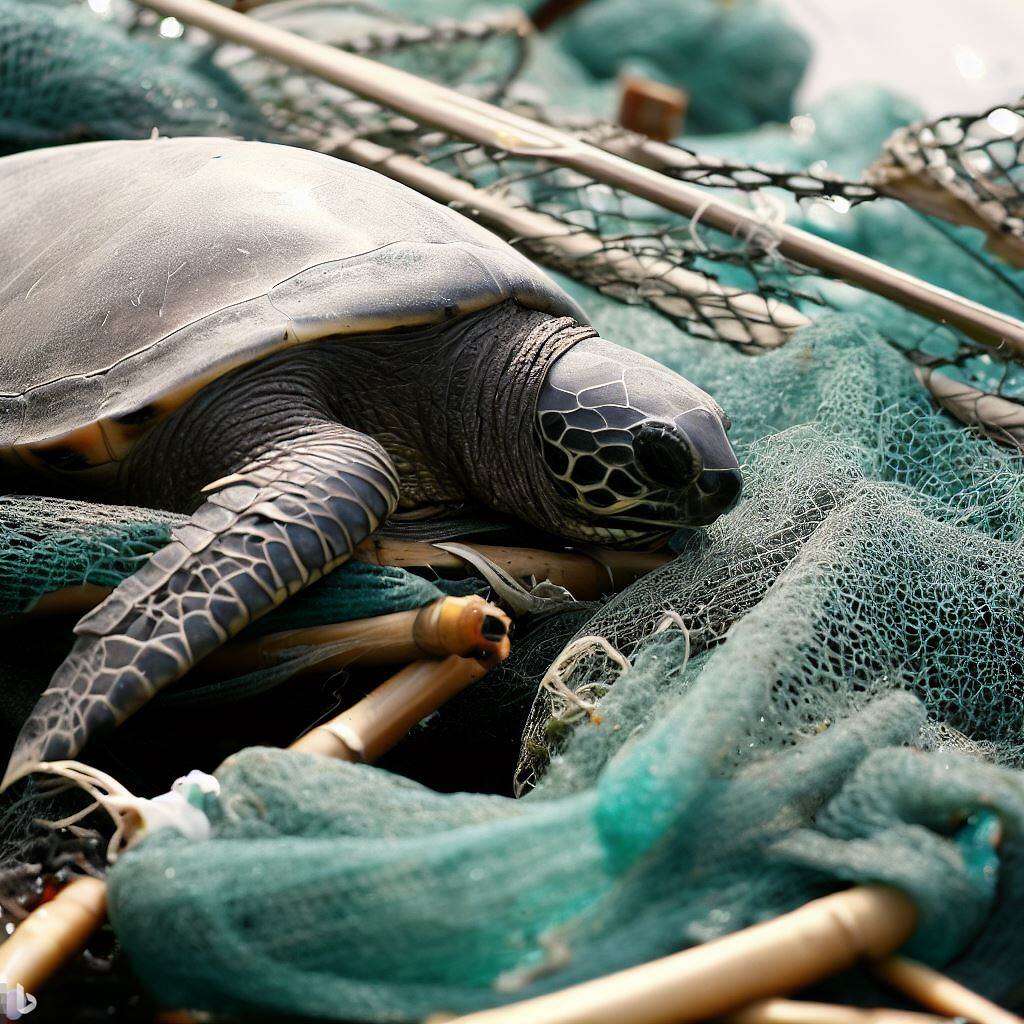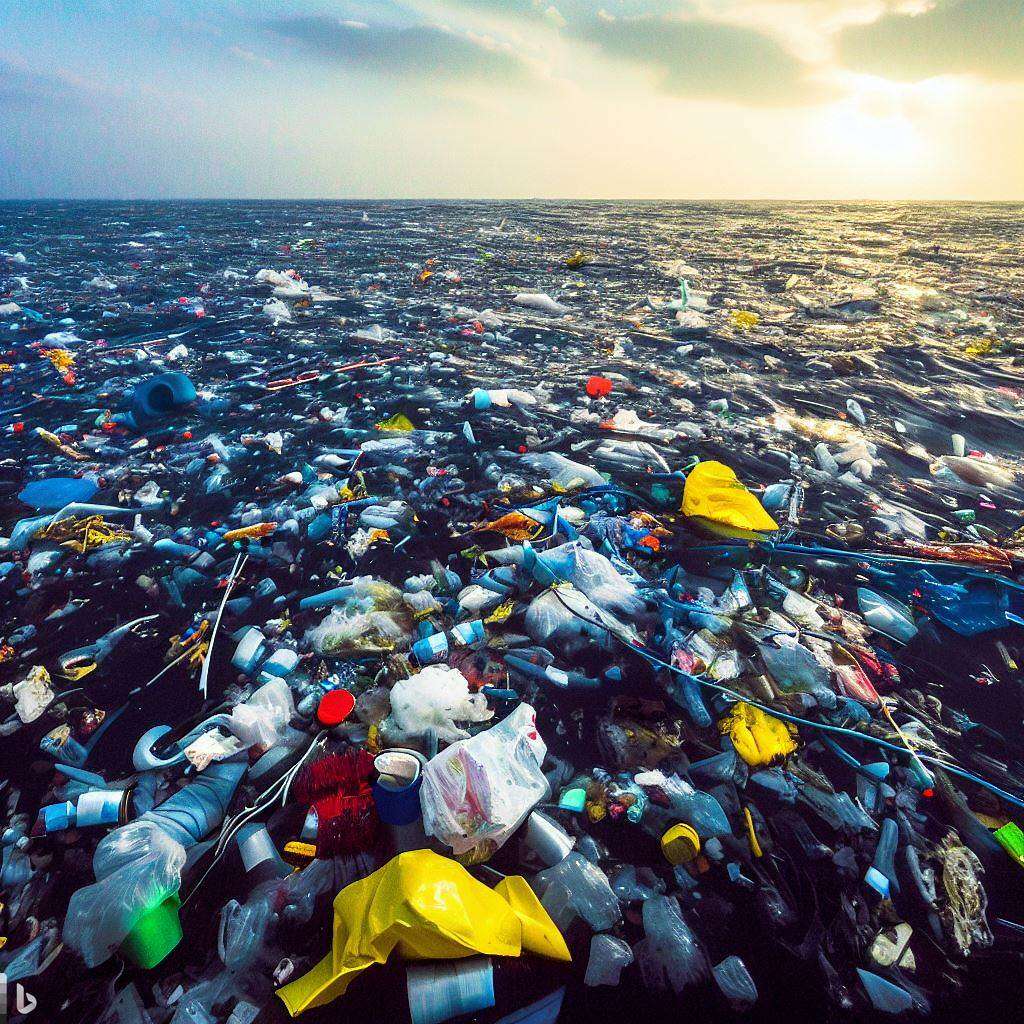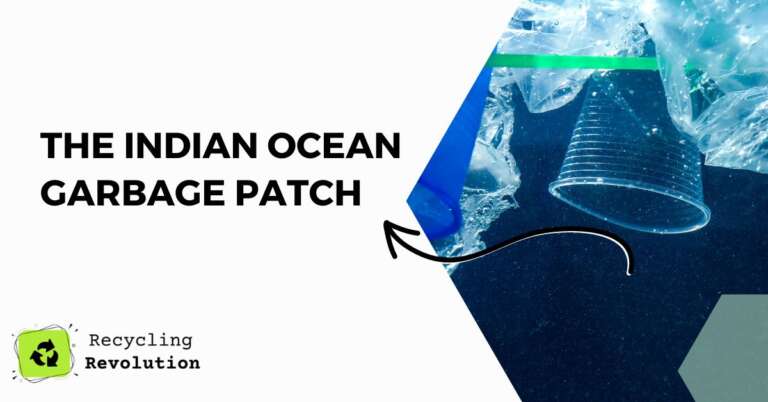When you hear about ocean pollution, your mind might jump straight to the infamous Great Pacific Garbage Patch.
However, there’s another, less-discussed trash vortex in the Indian Ocean that’s just as concerning.
Known as the Indian Ocean Garbage Patch, this collection of marine debris poses a threat to marine life, human health, and the economy.

What is a Garbage Patch, and How Does it Form?
Let’s take a moment to understand what a garbage patch is and how it forms. A garbage patch is a concentration of marine debris, primarily consisting of plastics, in a defined area of the ocean.
These patches are formed by ocean currents, which trap and accumulate debris in a particular area.
While there are many ocean currents around the world, there are five main ocean gyres – North Pacific, South Pacific, North Atlantic, South Atlantic, and Indian Ocean – that are particularly prone to forming garbage patches.
Discovering the Indian Ocean Garbage Patch
The Indian Ocean Garbage Patch is a relatively new discovery, with the first scientific study of the area published in 2010.
Researchers used data from satellites and surface surveys to estimate the size and composition of the garbage patch.
They found that the patch was roughly equivalent in size to the country of Mexico, and that it contained high levels of microplastics.
While the Indian Ocean Garbage Patch may not be as well-known as its Pacific counterpart, it’s still a significant environmental issue that requires our attention.
The Size and Composition of the Indian Ocean Garbage Patch
So, how big is the Indian Ocean Garbage Patch, exactly?
The exact size is difficult to measure, as the patch is constantly shifting and changing.
However, researchers estimate that the patch covers an area of at least 1.6 million square kilometers, with some estimates placing it closer to 5 million square kilometers.
As for the composition of the patch, it’s primarily made up of plastics, both large and small.
Researchers have found everything from discarded fishing nets to microplastics less than 5 millimeters in size.
Factors Contributing to the Indian Ocean Garbage Patch
The Indian Ocean Garbage Patch is the result of a combination of human activities and natural factors.
One significant human activity that contributes to marine pollution is improper waste management.
Trash that’s not disposed of properly, such as littering on beaches or dumping plastic waste into rivers, can eventually make its way into the ocean.
Additionally, fishing activities, such as the discard of fishing nets, can add to the garbage patch.
Natural factors that contribute to the patch include ocean currents, which trap and accumulate debris, and weather patterns, which can exacerbate the problem during monsoon season.

Effects of the Indian Ocean Garbage Patch
The Indian Ocean Garbage Patch has a significant impact on marine life.
Plastic debris can be mistaken for food, leading to ingestion and entanglement.
This can harm or even kill marine animals.
The patch also has an economic impact, particularly on the fishing industry.
Debris in the ocean can damage fishing gear, leading to lost or damaged equipment.
Additionally, contaminated fish can pose health risks to humans who consume them.
Mitigation and Prevention of the Indian Ocean Garbage Patch
Thankfully, there are steps we can take to address the issue of the Indian Ocean Garbage Patch.
International and local efforts to reduce marine pollution include initiatives to improve waste management, reduce plastic usage, and encourage responsible fishing practices.
For example, in India, a nationwide campaign called “Clean Seas-My Ganga My Dolphin” was launched in 2018 to promote sustainable waste management and responsible behavior among citizens living along the Ganges River, which flows into the Indian Ocean.
In addition to these efforts, researchers are also exploring ways to clean up the garbage patch directly.
Some proposed solutions include using floating barriers to trap and remove debris or using specialized boats equipped with nets and conveyor belts to scoop up the trash.
While these solutions are promising, they’re still in the experimental stage and would require significant funding and resources to implement on a larger scale.
| Organization | Description | Number of People Involved | Funding Source | Website |
|---|---|---|---|---|
| Ocean Cleanup | An international non-profit organization that develops advanced technologies to rid the world’s oceans of plastic. The organization has developed a system of floating barriers that capture plastic waste and prevent it from entering the ocean. | Approximately 80 staff members, plus volunteers and partners. | Private donations, corporate sponsors, and government grants. | https://theoceancleanup.com/ |
| Plastic Free Ocean | A non-profit organization that aims to raise awareness about plastic pollution and promote sustainable waste management practices. The organization partners with local communities, businesses, and governments to reduce plastic usage and improve waste management infrastructure. | Varies depending on location and project, but the organization works with a network of partners and volunteers worldwide. | Private donations and corporate sponsors. | https://plasticfreeocean.org/ |
| The Ocean Foundation | An organization that works to improve the health of the world’s oceans by supporting and funding marine conservation efforts, research, and education. The organization focuses on a variety of issues, including marine debris, sustainable fishing, and ocean acidification. | Approximately 25 staff members, plus partners and volunteers. | Private donations, corporate sponsors, and government grants. | https://oceanfdn.org/ |
Conclusion
The Indian Ocean Garbage Patch may not be as well-known as its Pacific counterpart, but it’s still a significant environmental issue that requires our attention.
From the size and composition of the patch to the factors that contribute to its formation and the effects it has on marine life and the economy, it’s clear that action needs to be taken.
By improving waste management, reducing plastic usage, and promoting responsible fishing practices, we can work towards mitigating the problem.
And as research continues into new and innovative ways to clean up the patch directly, we can hold onto hope that a cleaner, healthier ocean is possible.
FAQ
How big is the garbage patch in the Indian Ocean?
The exact size of the Indian Ocean Garbage Patch is not known, but it is estimated to be approximately 1.5 million square kilometers in size.
What is the name of the garbage patch in the Indian Ocean?
The garbage patch in the Indian Ocean is commonly known as the Indian Ocean Garbage Patch or the Indian Ocean Gyre.
What are the 5 largest ocean garbage patches?
The five largest ocean garbage patches are the Great Pacific Garbage Patch, the Indian Ocean Garbage Patch, the North Atlantic Garbage Patch, the South Atlantic Garbage Patch, and the South Pacific Garbage Patch.
What is the largest ocean garbage patch in the world?
The largest ocean garbage patch in the world is the Great Pacific Garbage Patch, which is estimated to be approximately 1.6 million square kilometers in size.

